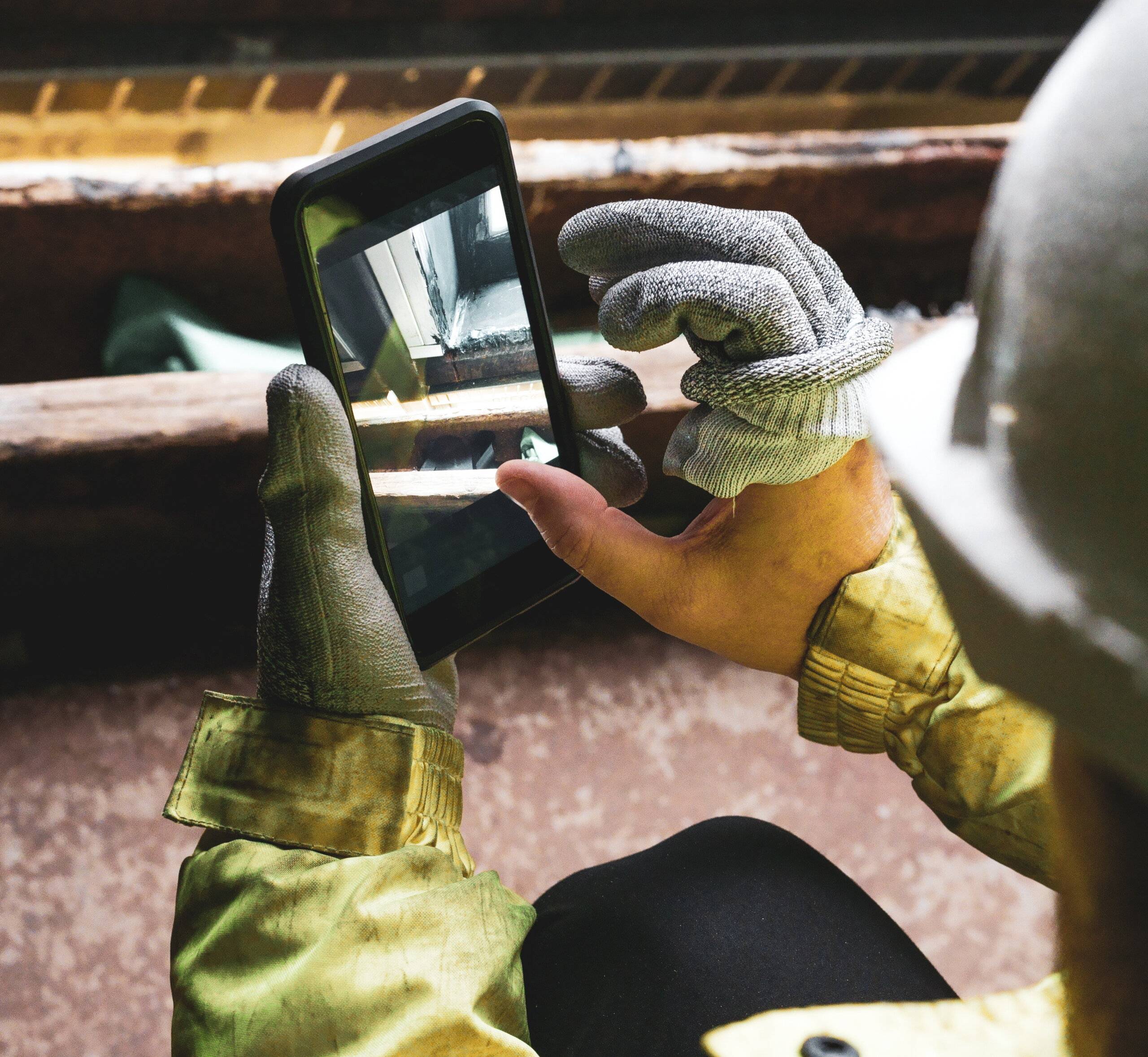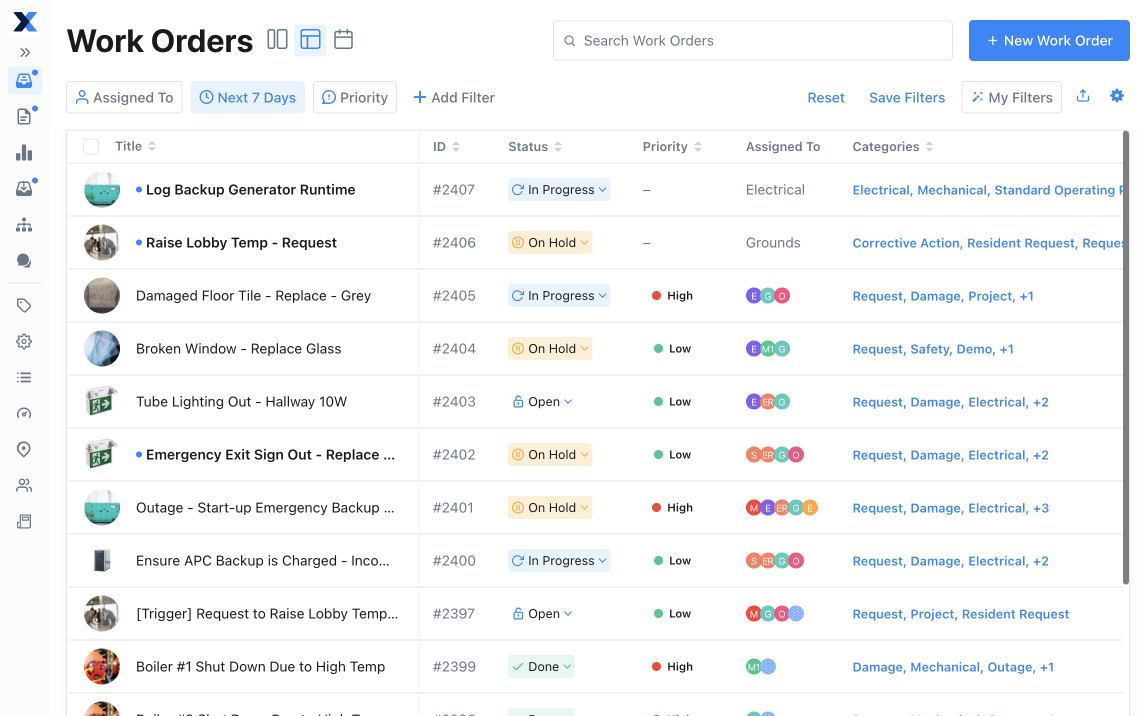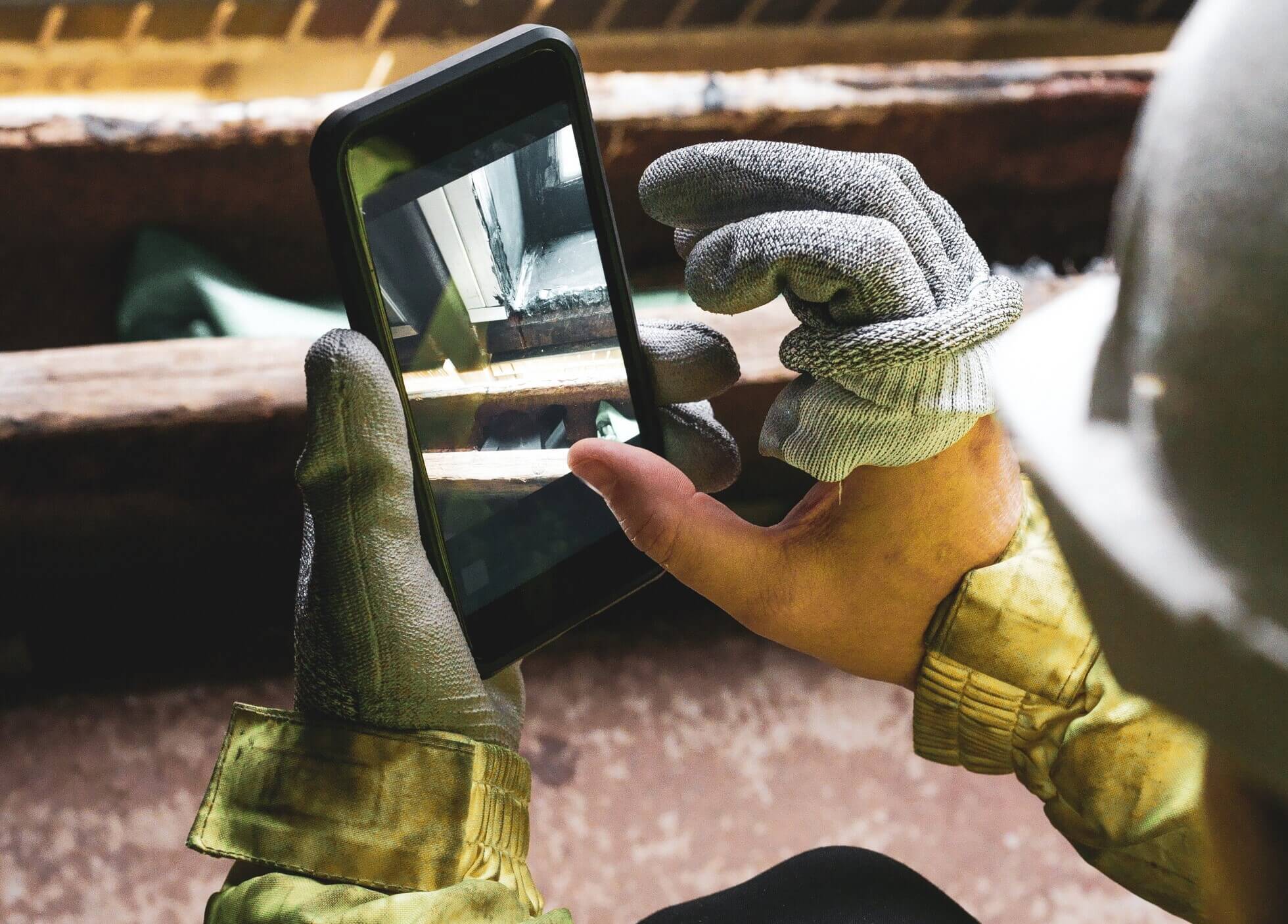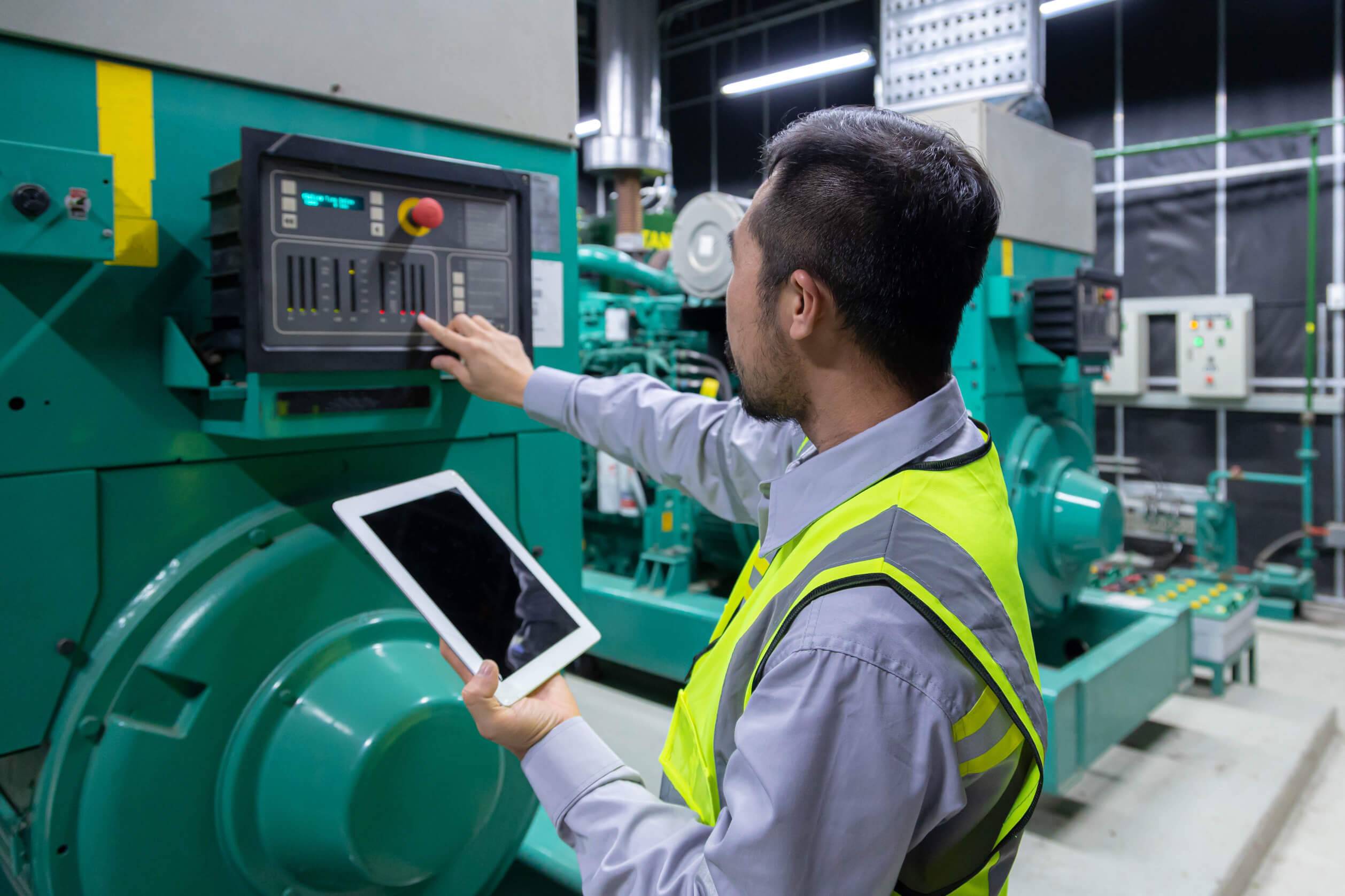It’s essential to have a set of tools and equipment to run and manage your golf course. In the absence of appropriate golf course maintenance equipment, you can’t provide customers with the facilities and services they desire.
The average maintenance budget of golf courses increased by $223K+ since 2012, which shows the importance of golf course maintenance and why you, as a manager, need to have the right set of maintenance equipment at your disposal.
10 Most Important Pieces of Equipment for Golf Course Maintenance
Here is a list of the ten most important types of equipment needed for the maintenance of your golf course and facilities. These ten tools are must-haves for every golf course manager.

1. Mowers
Golf course mowers are the first thing that you need for course maintenance. Not just one, but it’s important to have different types of golf course mowers to keep a well-managed course. Mowing comprises half (or more than half) of golf course maintenance. You need to have a wide range of mowing equipment available at all times.
Here is a list of mowers and mowing equipment that you should have at your disposal:
- Golf green mower
- Walk-behind mower
- Triplex mower
- Collar mower
- Tee mower
- Approach mower
- Fairway mower
- Rough mower
According to the United States Golf Association, at least 8-10 walking greens mowers are recommended for 18-hole facilities. Advanced mowers are recommended for larger operations. Which golf green mowers are right for your facility depends on several factors, such as facility size, atmosphere, type of grass, location, usage, etc.
For instance, to mow at different heights, you’ll need triplex mowers, and if you have a larger facility, you’ll need to have multiple triplex mowers.
2. Utility Vehicle
Turfgrass equipment is a must-have, especially if you use walk-behind mowers. A trailer and a utility vehicle will help workers move from one place to another quickly with the mower. You don’t want them to spend the whole day walking with the mower from one place to another.
You need to assign a trailer and utility vehicle to each worker. The trailer isn’t just used for transporting mowers, but it helps with all types of transportation of tools, parts, and machines. When workers have their trailers and vehicles, they can get straight to work as soon as they get a new work order.
3. Hydraulic Lifter
A hydraulic equipment lifter is the most essential golf course maintenance tool that every manager should have. You have to deal with hundreds of tools and machines that you need for facility maintenance. A hydraulic lifter helps you move faulty mowers and other machines.
Imagine one of your triplex mowers stops working, and it doesn’t move at all. That’s when you’ll be glad to have a hydraulic lifter to help remove it from the field.
Hydraulic equipment lifters don’t just help you in the field but also off the field too. For instance, you can use it in the garage to raise and lower equipment. It is definitely a must-have for golf course maintenance equipment.
4. Handheld and Backpack Blowers
Blowers let you remove leaves, debris, and grass cuttings from the field. You can’t have a tidy golf course without having multiple blowers. Handheld and backpack are the two major types of blowers and your workers need to have both of these.
It’s a good idea to assign blowers to workers so they can carry them on the go in the field. This will help them remove debris from places that aren’t assigned to them. When you and/or your workers move through the course, you might see debris or grass cuttings in a specific area. Any worker can get it removed instantly if he has a personal blower assigned to him.
5. Grinders
One of the most needed and useful tools that a golf course manager should have access to is a grinding machine. It’s a piece of equipment that helps you in several places. You need different types of grinders for golf course maintenance:
- Bedknife grinder
- Reel grinder
- Wheel grinder
You need to have the three types of grinders in your facility as these are used for different types of grinding, and you never know what type of grinding you need.
6. Portable Soil Moisture Meter
Monitoring moisture in the soil is essential to ensure you don’t end up ruining grass and its texture by watering too much or too low. Grass needs a specific amount of water depending on weather conditions in your area. In winter, for instance, you don’t have to water as often.
A portable soil moisture meter helps you check soil moisture up to certain depths. You have to have a few soil moisture meters and sensors for the maintenance of the facility. If you use soil moisture smartly, you can save water without hurting the grass.
Portable soil moisture meters significantly improve the irrigation system’s efficiency, so as a manager, your team should have a few of these.

7. Hoses and Nozzles
Hoses and nozzles make up a great deal of golf course maintenance equipment. As a golf course manager, you have to deal with water, irrigation, and hoses almost on a daily basis. Ideally, you have multiple hoses and nozzles to ensure you and your team keep the grass and soil moist.
Even if you have a proper irrigation and sprinkler system installed in the course, you still have to have hoses and nozzles to ensure proper and timely distribution of water.
8. Chainsaws
Golf course mowers and turf grass equipment aren’t enough when it comes to golf course maintenance. You have to cut and trim trees and that can’t be done with a mower. This is where you need chainsaws to ensure trees in the facility are well-trimmed. It is essential to train your workers so they follow all the safety standards when using chainsaws. Here is a great chainsaw safety guide.
9. Hole Cutters
A hole cutter is a helpful piece of golf course maintenance equipment that you should have. Not just one, but you need multiple hole cutters. There are different types of hole cutters available to choose from, for instance, there are DIY hole cutters that let you cut holes yourself.
There are heavy-duty hole cutters that are more advanced and let you cut holes of different lengths and diameters. Having 2-4 different types of hole cutters will help you with maintenance a lot.

10. Small Tools
There are several small tools that you need. Some of these are:
- Rakes
- Prybars
- Brooms
- Shovels
- Picks
- Steam cleaner
- Edger
- Trimmers
- Metal detector
- Wire tracer
- Air compressor
- Welder
- Torch
The list can go on and on. While you might not need these tools daily, it’s important to understand where each tool plays its part and ensure they are in working condition. Golf course maintenance will become easier if you have one of these tools in your inventory all the time. You can pull the right tool when it is needed instead of borrowing or buying a new one in the middle of an emergency.
I Have All the Tools. What Now?
Now that you know what you need, it is important to keep track of maintaining the equipment and instructing your team on how to do it.
It is crucial to have a system in place to assign work orders in an organized manner. From preventative maintenance on equipment to preventative maintenance on the golf course itself – there is far too much to efficiently keep track of what needs to be done without a work order management system. For instance, if there is turf work that needs to be done, the worker is there but the turf mower is still in transit. You’ll end up wasting a lot of time.
Issues like these can’t be solved even if you have the best and world-class equipment with you. These are solved by keeping maintenance organized and channelized using a tool. MaintainX lets you manage your work orders, build preventive maintenance schedules, and let your workers know what they need to do. You can create work orders, assign them to workers, manage inventory, and keep everything organized. Maintenance work becomes a whole lot easier with MaintainX.
Grab the tools, get access to MaintainX, and get started. From there, you’re ready to successfully conduct any kind of golf course maintenance work.
FAQs

Caroline Eisner
Caroline Eisner is a writer and editor with experience across the profit and nonprofit sectors, government, education, and financial organizations. She has held leadership positions in K16 institutions and has led large-scale digital projects, interactive websites, and a business writing consultancy.


.jpeg)





.jpeg)













